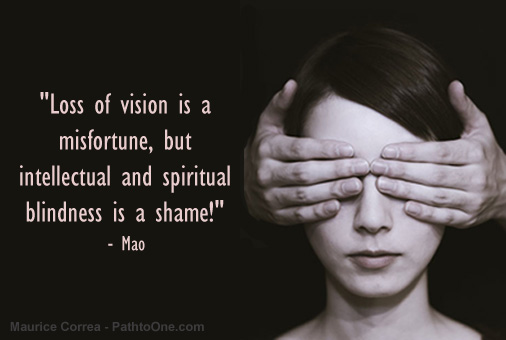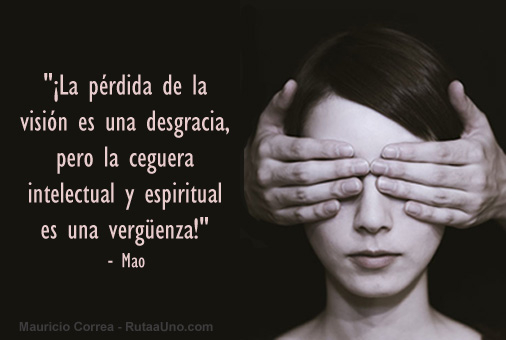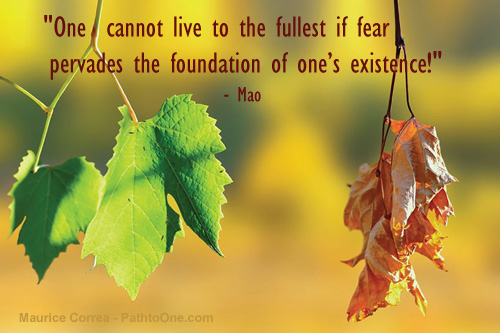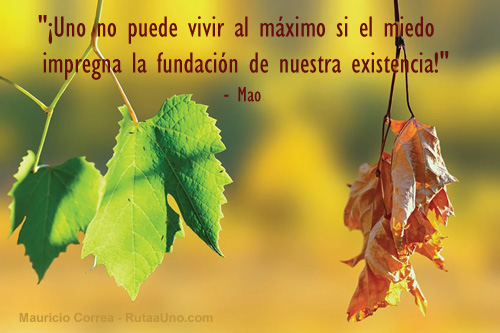HUMAN BLINDNESS

Subscribe When we hear, read or talk about “blindness,” we are usually referring to, or meaning, the state or condition of being unable to see because of injury, disease, or a congenital condition; ignorance; or the lack of perception, awareness, or judgment. But although this definition makes a lot of sense when seeing or hearing it for the first time, blindness’s breadth and scope can be much comprehensive if we were able to understand the types of human blindness and what they really mean. Let’s start by distinguishing between the three types of human blindness: physical, intellectual and spiritual. Physical blindness is the first form of blindness, the least important form of the three, but the one that we prize the most due to the human reliance on sight as the dominant sense. As described above, it has to do with the state or condition of being unable to see physically for any reason. We are built to collect information primarily with our eyes, so even reduced vision qual


